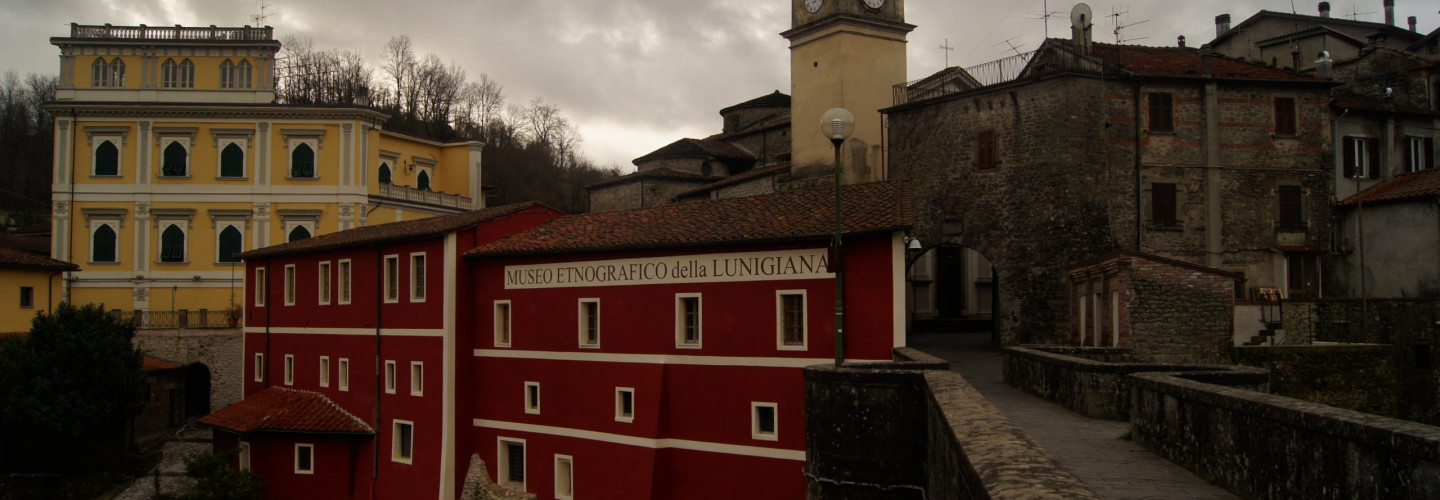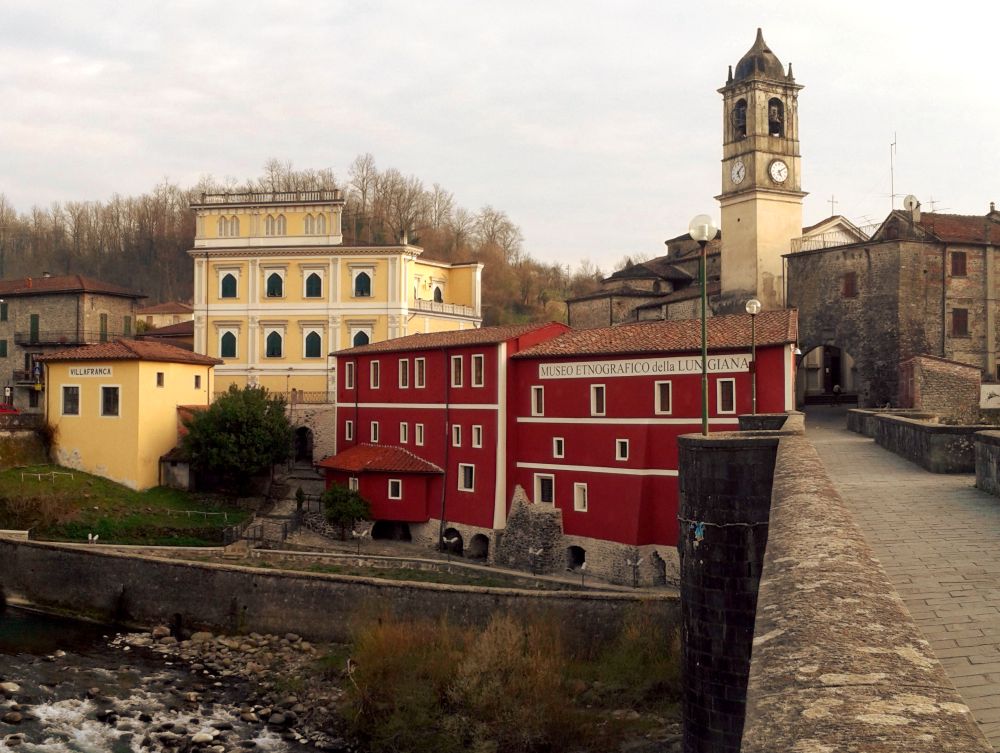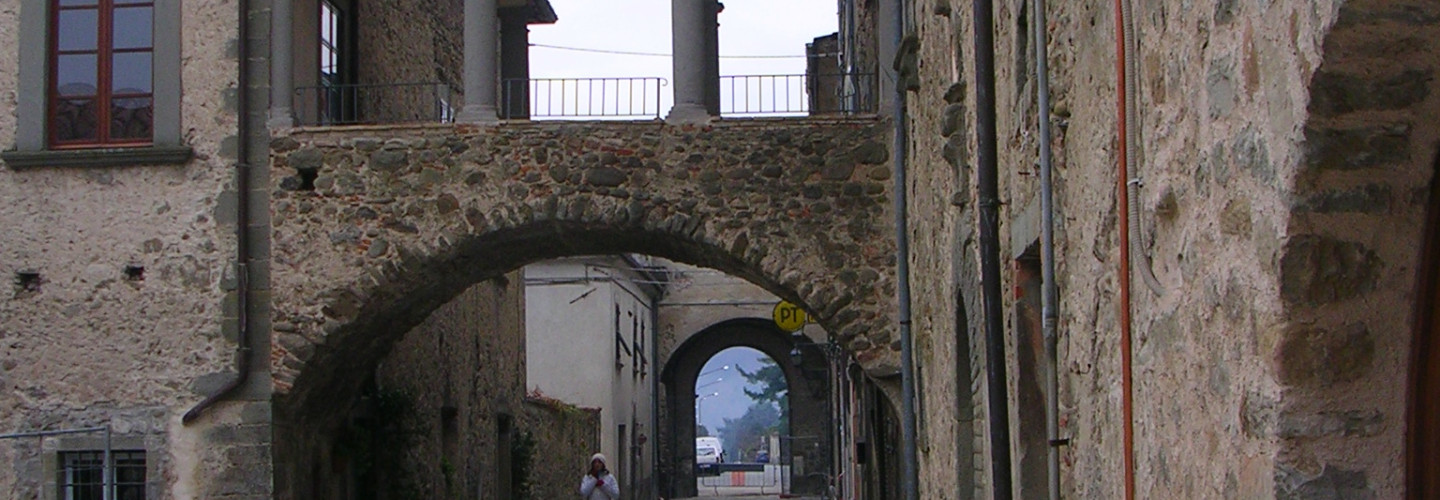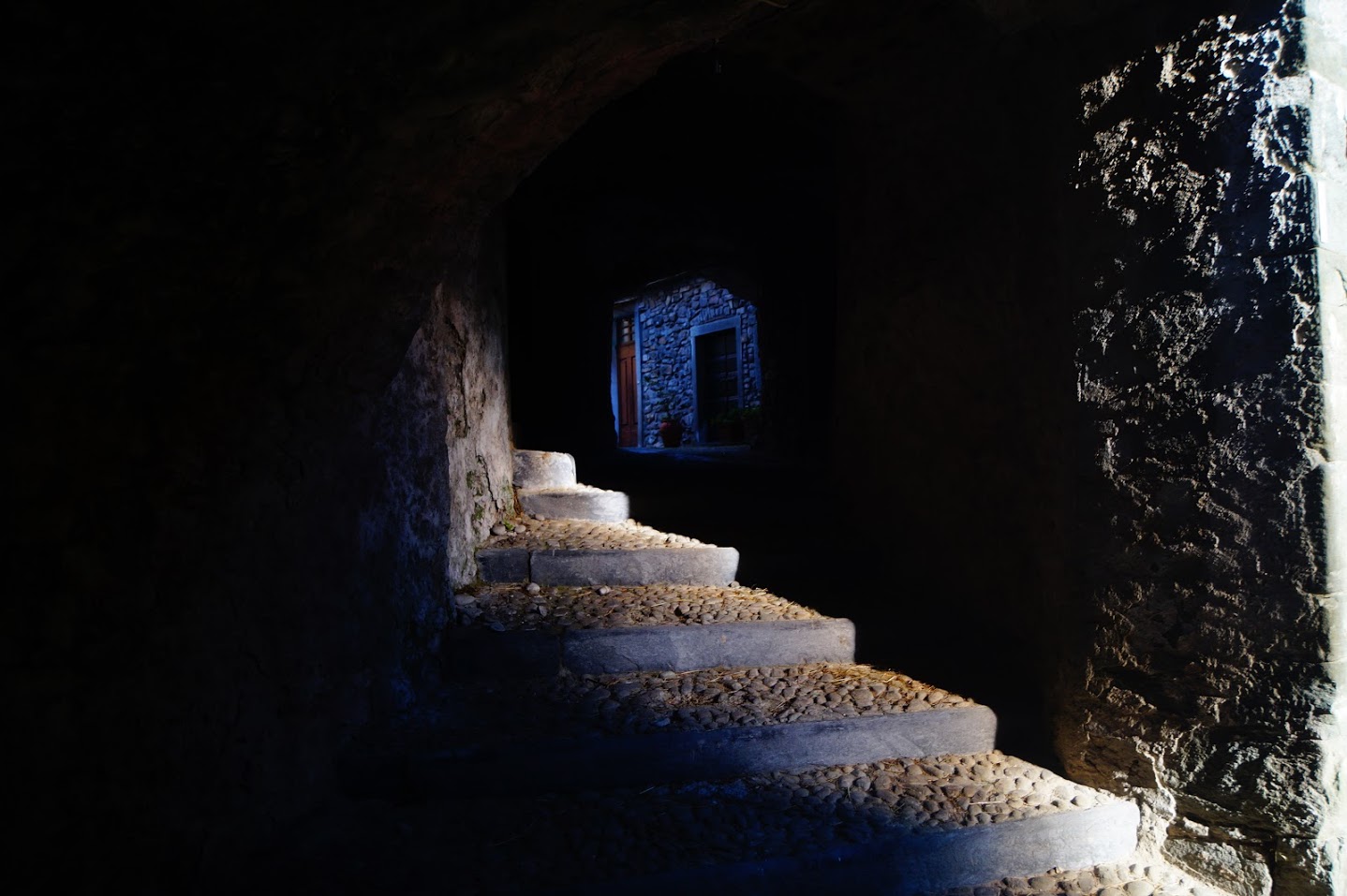Villafranca Lunigiana
Its origin is around XII century thanks to the increasing importance of the “monte Bardone way” else “Via Francigena”
[From www.terredilunigiana.com ]
Villafranca Lunigiana

Its origin is around XII century thanks to the increasing importance of the “monte Bardone way” else “Via Francigena”
[From www.terredilunigiana.com ]
Ethnografic museum Villafranca Lunigiana
The society, culture, customs, beliefs, traditions of the people of Lunigiana are gathered here, jealously preserved and available to be observed, studied, or simply admired by visitors who want to discover the secrets of a unique territory in its generally in Italy
Ethnografic museum Villafranca Lunigiana

The society, culture, customs, beliefs, traditions of the people of Lunigiana are gathered here, jealously preserved and available to be observed, studied, or simply admired by visitors who want to discover the secrets of a unique territory in its generally in Italy
Filetto
Its origins are linked along VI-VII centuries to the struggle between Byzantines and Longubards: at that time a defensive line was organized on bizantines’ side in order to protect Luni harbourand prevent invasions from the Appenines side. Filetto was part of this defensive line
Filetto

Its origins are linked along VI-VII centuries to the struggle between Byzantines and Longubards: at that time a defensive line was organized on bizantines’ side in order to protect Luni harbourand prevent invasions from the Appenines side. Filetto was part of this defensive line
Virgoletta
In the basement of the actual tower nowadays few elements of longubard origins are present, so a prior origin is not to be excluded.
First lords of Virgoletta were Corbellari family, who were operating on behalf of Bishop of Luni and Obertenghi Marquees. Since 1221 Malaspina family will take over and divide Lunigiana into 2 areas: “Bloomed Thorn” and “Dry Thorn”. Virgoletta will be included in the second.
Its castle is mentioned right on these kind of documents (1275). Malaspina family will erect new walls 11mts high on the south of the castle and build a cistern inside the castle. In this historical moment the first houses are build on two wings along the road leading to the castle, so that the access of the castle is moved towards them.
In 1449 Galeotto Campofregoso conquers the castle and maintain it until 1471, transforming it in a residencial palace, even thou fortifying the walls outside. Then Malaspina will take over again, until 1705 when a riot of inhabitants of Virgoletta against Giovanni Malaspina aimed to aid Filippo the 5Th of Spain and french-sanish invasion. Granduke of Tuscany was able to defend against the invasion and return Virgoletta to Malaspina family: as a consequence all the rebels were sent off the castle for at least 8miles; this gives the actual shapes of the settlement. At the moment the castle is private and is slowly going through cycles of abandoning and refurbishing
Virgoletta

In the basement of the actual tower nowadays few elements of longubard origins are present, so a prior origin is not to be excluded.
First lords of Virgoletta were Corbellari family, who were operating on behalf of Bishop of Luni and Obertenghi Marquees. Since 1221 Malaspina family will take over and divide Lunigiana into 2 areas: “Bloomed Thorn” and “Dry Thorn”. Virgoletta will be included in the second.
Its castle is mentioned right on these kind of documents (1275). Malaspina family will erect new walls 11mts high on the south of the castle and build a cistern inside the castle. In this historical moment the first houses are build on two wings along the road leading to the castle, so that the access of the castle is moved towards them.
In 1449 Galeotto Campofregoso conquers the castle and maintain it until 1471, transforming it in a residencial palace, even thou fortifying the walls outside. Then Malaspina will take over again, until 1705 when a riot of inhabitants of Virgoletta against Giovanni Malaspina aimed to aid Filippo the 5Th of Spain and french-sanish invasion. Granduke of Tuscany was able to defend against the invasion and return Virgoletta to Malaspina family: as a consequence all the rebels were sent off the castle for at least 8miles; this gives the actual shapes of the settlement. At the moment the castle is private and is slowly going through cycles of abandoning and refurbishing
Taponecco
The hamlet is a well-preserved example of medieval architecture of the upper Lunigiana, with “gallery” constructions, but with origins that probably date back to the Bronze Age. The town became famous in 1975 when the homonymous stele statue was found, one of the most intact and beautiful in Lunigiana.
In the hamlet there are some cannabis plantations for textile use, an ancient local tradition (sheets of Taponecco).
Taponecco

The hamlet is a well-preserved example of medieval architecture of the upper Lunigiana, with “gallery” constructions, but with origins that probably date back to the Bronze Age. The town became famous in 1975 when the homonymous stele statue was found, one of the most intact and beautiful in Lunigiana.
In the hamlet there are some cannabis plantations for textile use, an ancient local tradition (sheets of Taponecco).
Tavernelle
The village is characterized by portals, vaulted passages, sandstone windows and steps, deep galleries.
The name derives from the fact that the village housed many taverns, being located along the Via del Sale; the Church of San Rocco, dating back to 1500, was originally built as an oratory, then it was declared a parish.
Tavernelle is located along a single road overlooked by buildings mostly from the 15th century. Among them stands a tower house built in 1516, which bears the engravings of the builder and the date.
Tavernelle

The village is characterized by portals, vaulted passages, sandstone windows and steps, deep galleries.
The name derives from the fact that the village housed many taverns, being located along the Via del Sale; the Church of San Rocco, dating back to 1500, was originally built as an oratory, then it was declared a parish.
Tavernelle is located along a single road overlooked by buildings mostly from the 15th century. Among them stands a tower house built in 1516, which bears the engravings of the builder and the date.
Bagnone
Its territory is essentially extending over mountains, on the Apennines side, being Monte Sillara (1891mt) the highest peak. The village sits on top of a rocky promontory, surrounded by oaks, chestnuts and pine forests.
Bagnone gained its importance thanks to its strategic importance, at the crossing of several roads merging to the valley from mountain passes
Bagnone

Its territory is essentially extending over mountains, on the Apennines side, being Monte Sillara (1891mt) the highest peak. The village sits on top of a rocky promontory, surrounded by oaks, chestnuts and pine forests.
Bagnone gained its importance thanks to its strategic importance, at the crossing of several roads merging to the valley from mountain passes